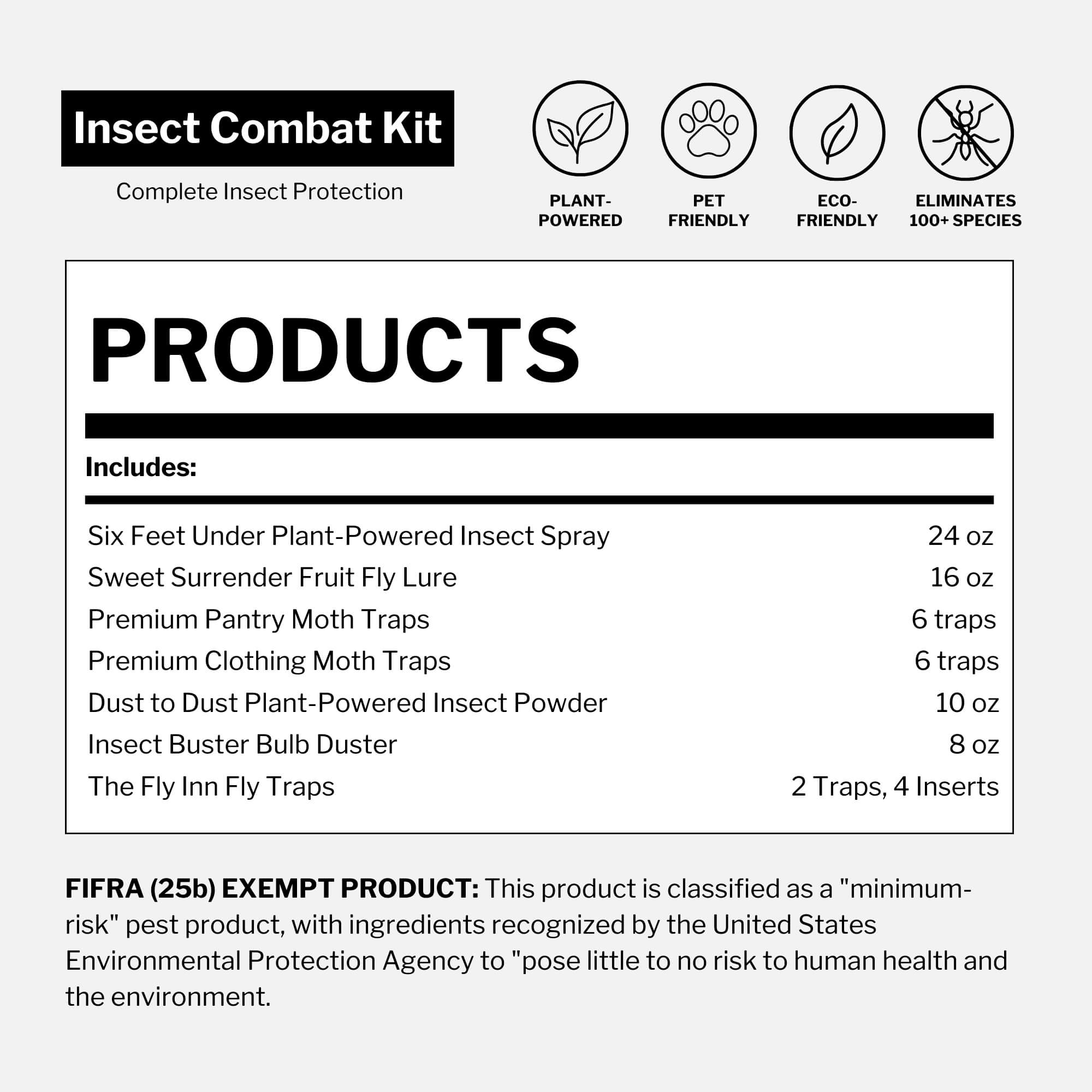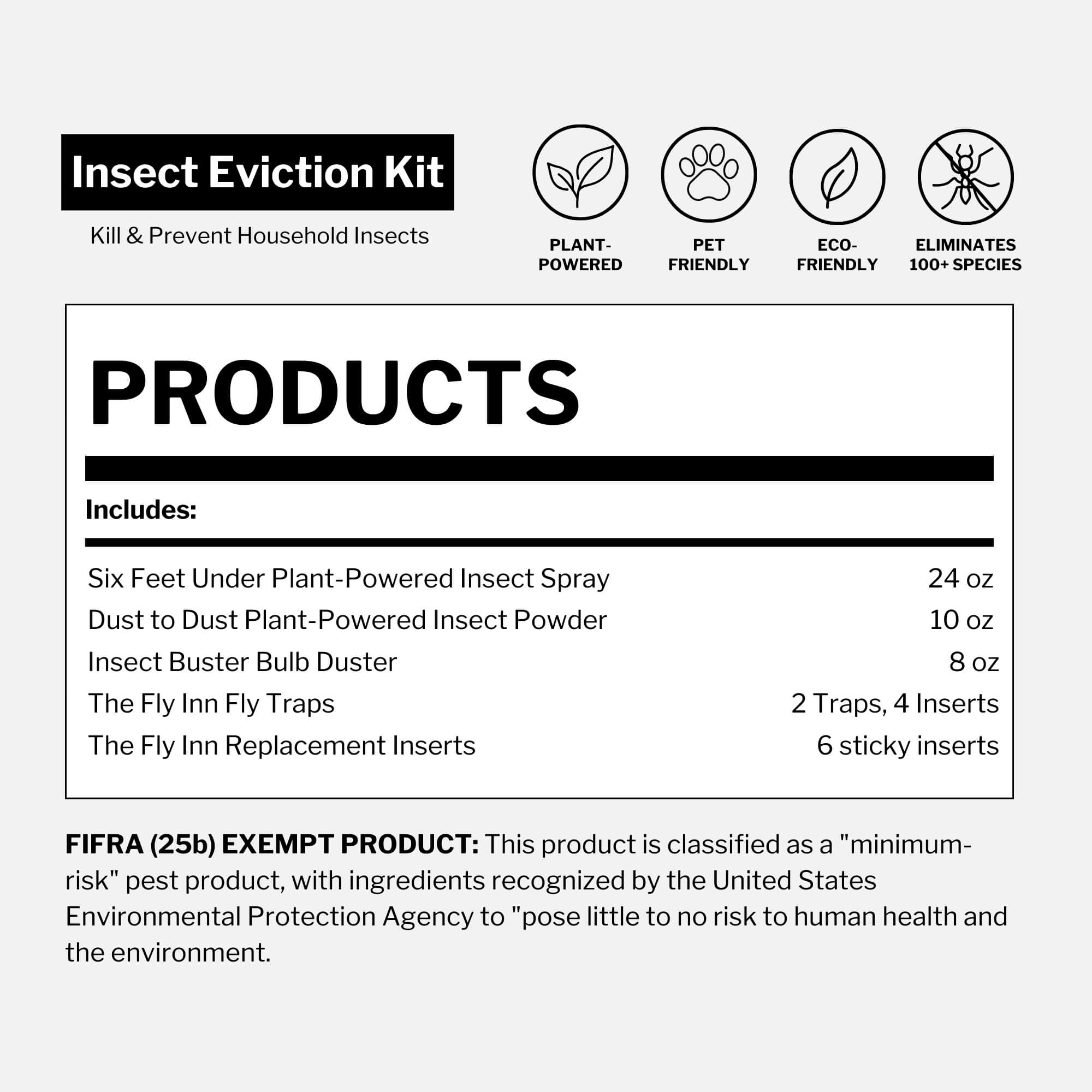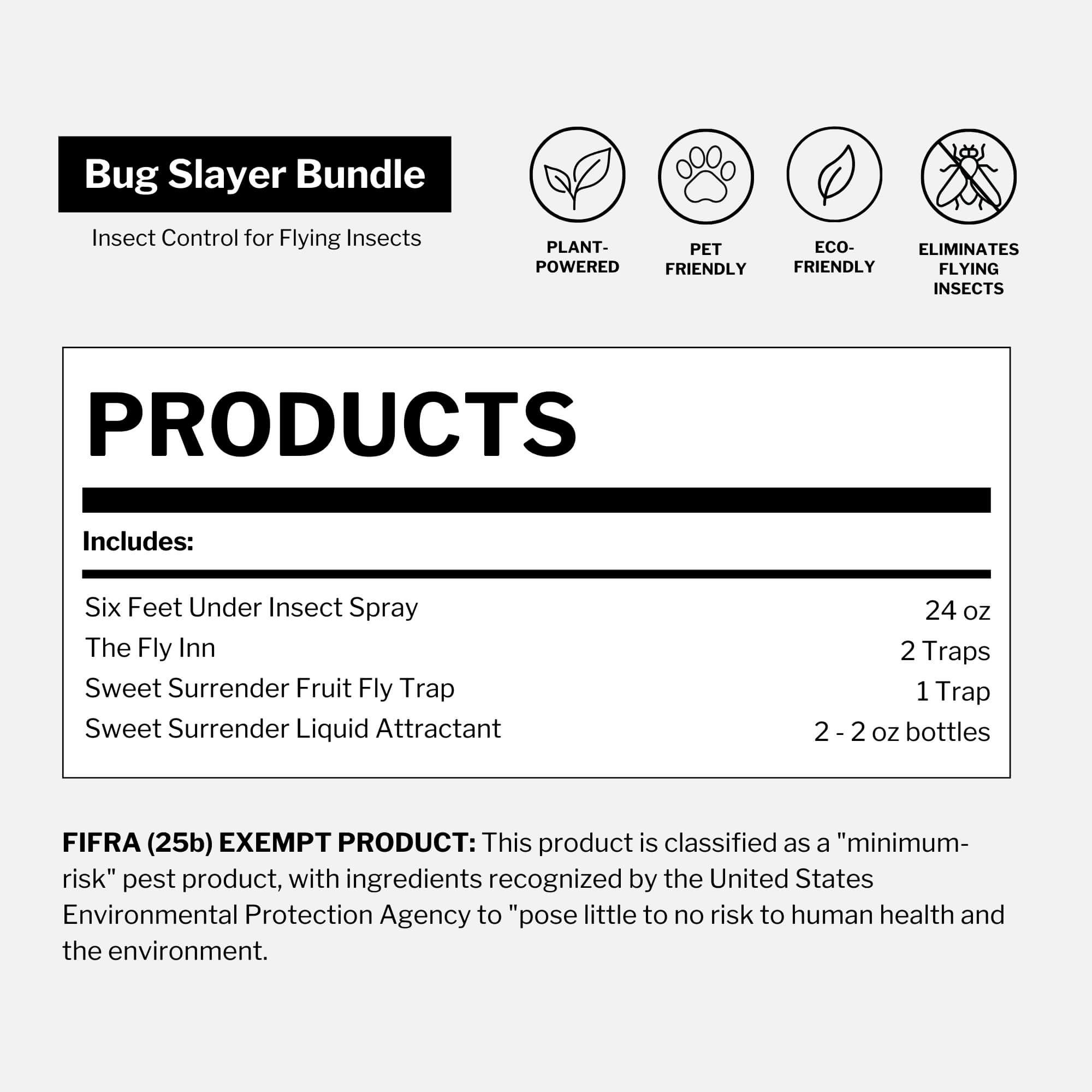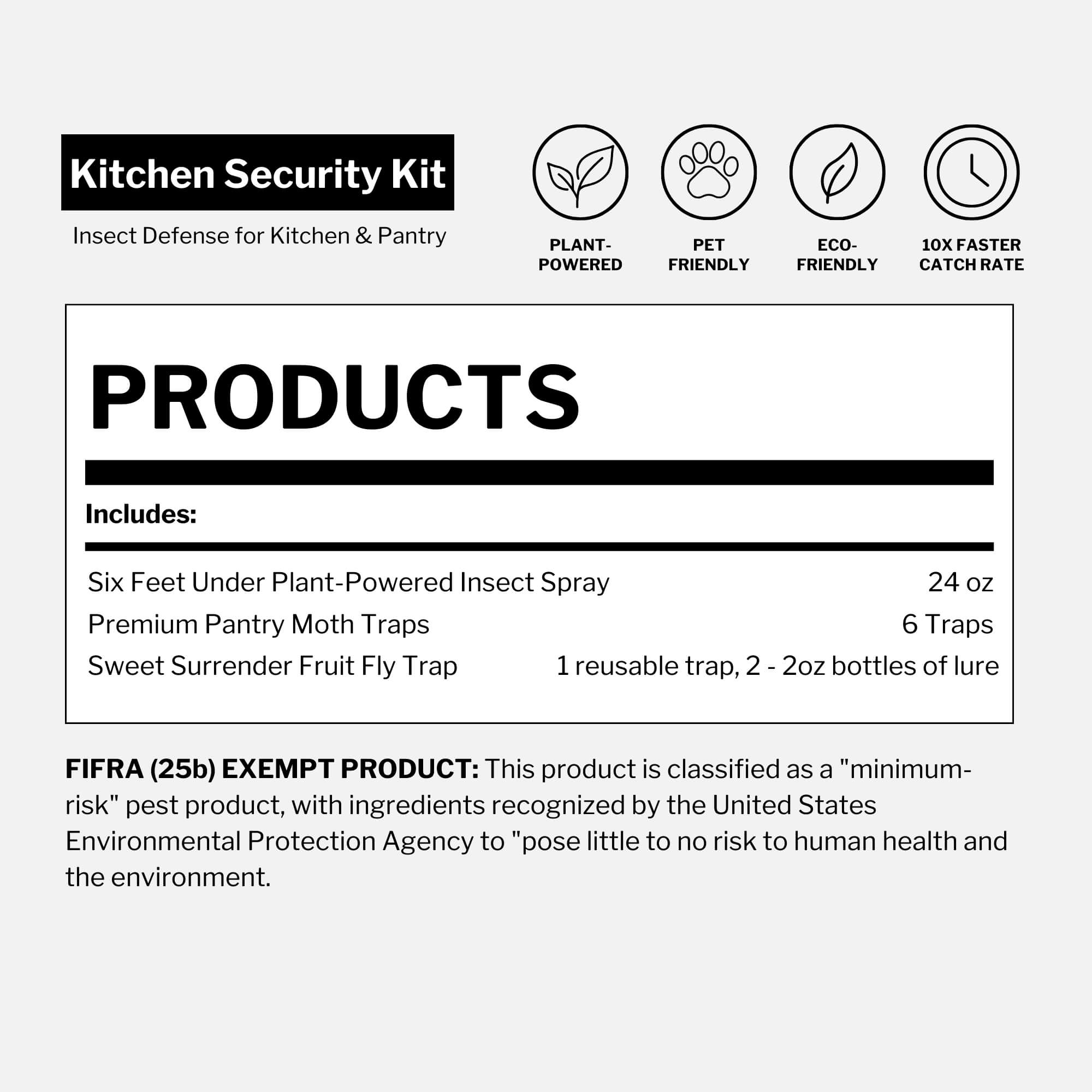Updated on May 1st, 2025
Can cockroaches fly?
Quick answer: Yes, some cockroaches can fly—but most rarely do. Flying cockroaches like the American cockroach may glide short distances, while others—such as the German cockroach—have wings but don’t use them. A cockroach’s ability to fly depends on its species, age and environment.
Cockroaches are among the most common pests in homes and urban environments worldwide. Let’s explore the fascinating capabilities of these household invaders.
Do cockroaches have wings?
Most cockroaches grow wings as adults, but many rarely use them. Instead, they rely on speed and may glide short distances when startled.
- Wingless nymphs: Immature cockroaches, called nymphs, are wingless and incapable of flight.
- Adult cockroaches: Their flight muscles are less developed than those of other flying insects, which limits how far they can fly.
Cockroach flight is usually a last resort, used for escape—not sustained travel.
Which cockroaches can fly?
Which cockroaches can fly? Here’s a comparison of common species and their flying ability.

| Cockroach species | Wings present | Can they fly? |
|---|---|---|
| American cockroach | Fully developed in adults. | Capable of flying short distances; can glide from high places but prefers to run when threatened. |
| German cockroach | Fully developed in adults. | Rarely flies; primarily known for speed on the ground. |
| Oriental cockroach | Males have short wings; females are wingless. | Cannot fly due to underdeveloped or absent wings. |
| Smoky brown cockroach | Fully developed in adults. | Strong fliers; frequently use wings, especially outdoors in humid environments. |
| Asian cockroach | Fully developed in adults. | Excellent fliers; attracted to light and often seen flying toward illuminated areas at night. |
Did you know? Some of the largest flying cockroaches—like the American cockroach—can glide across rooms, especially in warm, humid places like Florida or Texas. These big flying cockroaches are often mistaken for beetles.
Understanding which species can fly naturally leads to the question: why do they take to the air?
Why do cockroaches fly?
Cockroaches do not fly like birds or butterflies. Their flight is short, erratic and more like gliding than powered flight—similar to a paper airplane. Rather than soaring or hovering, they rely on brief bursts. Here’s why they might take to the air:

- Escape: When threatened, some cockroaches use their wings to escape predators or humans.
- Travel: Cockroaches may fly to cover larger distances quickly when searching for food, water or shelter.
- Mating: In some species, male cockroaches may take short flights or display wing-fluttering to locate or attract mates, especially in warm conditions.
- Environmental triggers: Warm and humid conditions often encourage flying behavior, especially in tropical climates. Cold-blooded, cockroaches thrive between 75°F and 85°F but may fly to escape excessive heat, gliding to cooler areas or descending from high places.
How to identify a flying cockroach
Spotting a cockroach in flight can be startling, but not all airborne cockroaches are true fliers. Here’s how to tell whether you’re seeing a species capable of flight:
- Look at the wings: Fully developed wings that extend past the abdomen often indicate a species that can fly, even if it doesn't do so often.
- Observe the behavior: If a cockroach glides or flutters briefly when disturbed, it may belong to a flight-capable species—but one that typically relies on short, low bursts rather than true flight.
Note: Flying cockroaches are more common in warm, humid environments or during summer when conditions are ideal.

Note: Earwigs, crickets and some species of beetles are often mistaken for cockroaches.
How to manage flying cockroaches
Flying cockroaches can make infestations even more distressing. Here are steps to manage and prevent them:
- Seal entry points: Use caulk or weather stripping to seal cracks, gaps and openings around doors and windows.
- Eliminate food and water sources: Clean up crumbs, store food in airtight containers and fix leaky pipes to make your home less appealing to cockroaches.
- Reduce moisture: Use dehumidifiers in damp areas and improve ventilation to discourage cockroach activity.
- Use light traps: Light traps can be particularly effective against species that are attracted to light, like the Asian cockroach.
- Apply solutions: Target adult cockroaches and nymphs with Dr. Killigan’s Six Feet Under Plant-Powered Insect Spray, which kills on contact without harmful chemicals. For residual protection, apply Dust to Dust Plant-Powered Insect Powder to cracks, crevices and areas where cockroaches are likely to hide. This plant-powered dust remains effective as long as it is present, providing ongoing defense against infestations.
Tip: For expert advice on eliminating cockroaches, check out How to get rid of cockroaches. For details on specific species, read How to quickly get rid of American and German cockroaches
Conclusion
Yes, some cockroaches can fly—but most don’t. While a few species are strong fliers, most use their wings only to glide short distances or escape danger. Whether you're dealing with fast runners or airborne gliders, knowing which cockroach species are capable of flight is key to effective control.
Their ability to fly adds complexity to infestations, but with the right prevention and treatment strategies, you can keep your home cockroach-free. For a safe and reliable solution, trust Dr. Killigan’s Six Feet Under Plant-Powered Insect Spray and Dust to Dust Plant-Powered Insect Powder. These products offer on-contact and residual protection, helping you reclaim your space from unwanted pests.




















